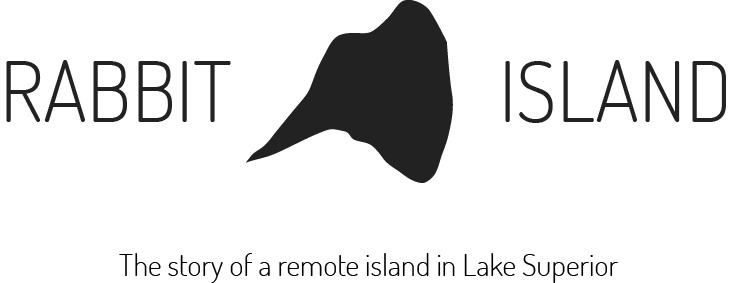“Urban Americans are beginning to re-imagine and re-order the urban landscape, taking advantage of now-malleable understandings of urban space, design and even ownership.”
—Michael Carriere, *The Death and (After)Life of the American City; A Call to the Creators of the City,* Proximity Magazine Issue #6
I’m excited to be contributing to the development of a new project called the Detroit Conservancy, which will give an urban home to the ethos that drives Rabbit Island.
Starting with Rabbit Island’s existing plot of land, 1465 Pennsylvania Avenue in East Detroit, we envision creating a network of reclaimed residential and industrial lots bound together by the common vision of scalable conservation within an urban environment.
The prevailing approach to vacant land in Detroit is use, is to repurpose and rebuild. Houses, office buildings, parks, farms: all are viable possible uses for currently vacant land, but the Detoit Conservancy will add another option to that conversation.
Over time, the Conservancy will restore plots to their natural state through the reintroduction of native grasses and trees, plus soil clean-up and rehabilitation. Or maybe they will simply be allowed to undergo succession. These plots will slowly transform into their former selves. The Detroit Conservancy exhibits public preservation of open space in an effort to illuminate and critique dominant approaches to place-making within the post-subdivision landscape.
The Conservancy will connect purchased plots with neighborhood stewards in an effort to maintain cleanliness, safety, and a sense of presence within the land—factors often lacking in Detroit’s vacant spaces. The initial goal is for these rehabilitated spaces to provide neighborhoods with access to a slice of regional wilderness within a decidedly urban context. The long-term goal is to build a program of organized reclamation, stewardship and interpretation by bringing local and non-local artists to the plots for embedded residencies, where they can make work driven by the concept of conservation within an urban context and create projects and public programming to share with the neighborhood.
Artists will be offered access to time on Rabbit Island to further develop conversation between Michigan’s wild environment and Detroit’s tumultuous urbanity.
I’m excited about this project because it’s an interesting synthesis of seemingly opposing ethics—and while it’s a project mostly driven by ideas at this point, it has the potential to unfold into the most tangible thing that we as bodily beings can experience: land. You will be able to smell this project. You will be able to ride a bicycle to it, see it on a map, sit in it. It’s as simple as that.
On June 1, there will be a benefit art auction to support sending artists to Rabbit Island (75%) and to purchase plots in the upcoming city auction of land in Detroit (25%). If you live in New York, please go. And spend your money. You could help push forward the vision of the Detroit Conservancy.
- Nicole Lavelle, Artist, Portland, Oregon
